Technical Article
-
The Influence Of Mic SNR & AOP Parameters On Sound Quality
The audio quality requirement is gradually becoming significant for mobile phones, smart speakers, IP cams, doorbells, VoIP phones, etc.
Besides the essential sensitivity of the Mic, the SNR & AOP are also key points.

High SNR means it can easily catch smaller sounds or signals in a quieter environment. On the other hand, if SNR is too low, the microphone's noise level will cover the tiny sounds or signals. In this case, when customers want to hear the tiny sound, they will try to turn up the sound but also amplify the noise at the same time, so customers can not hear the clear sound.
The mainstream of MEMS Mic SNR is prominently 60 ~ 72dB(A), and ECM is around 65 ~ 82 dB(A).
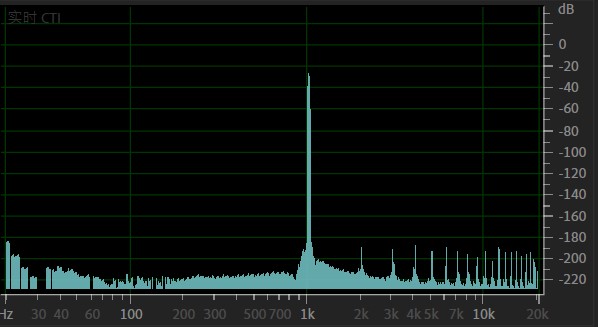
Fig.1 Mic SNR Spectrum
Mic AOP represents the SPL level that the microphone could withstand. The higher AOP means no distortion sounds could be converted an electrical signal to the back-end processing operation. On the other hand, if the AOP is too low, the microphone will easily receive the high-level SPL signal from the outside, the movement between the microphone diaphragm and the backplate will exceed, or the amplitude of the electrical signal will exceed the ASIC and FET can not withstand. Both are the reasons that will distort the microphone output signal. When THD>10%, The SPL level at this point is AOP.
Presently, the mainstream of Mic's AOP is about 120 ~ 136dBSPL for MEMS microphones and around 120 ~ 130dBSPL for ECM microphones.
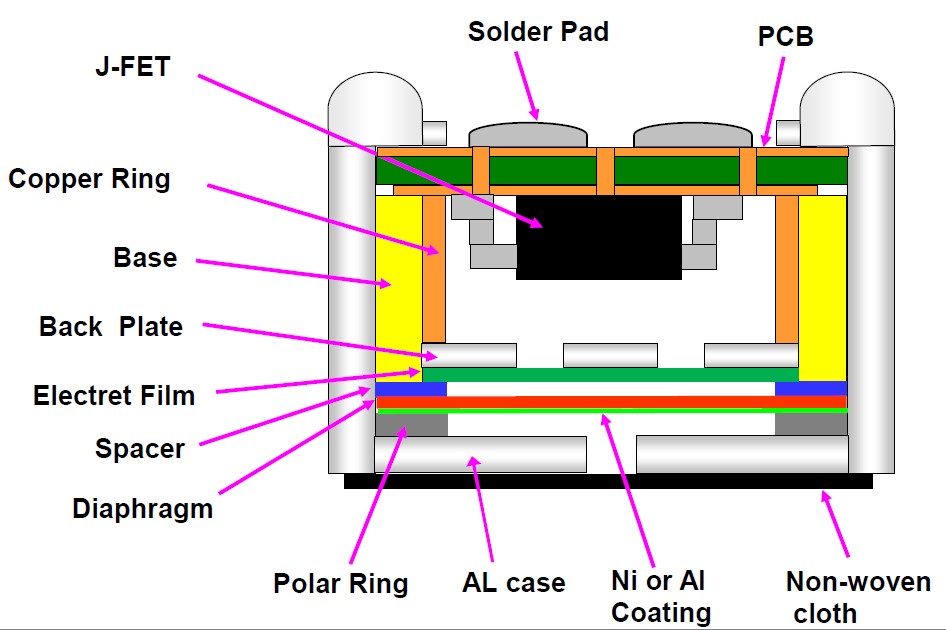
Fig.2 ECM structure
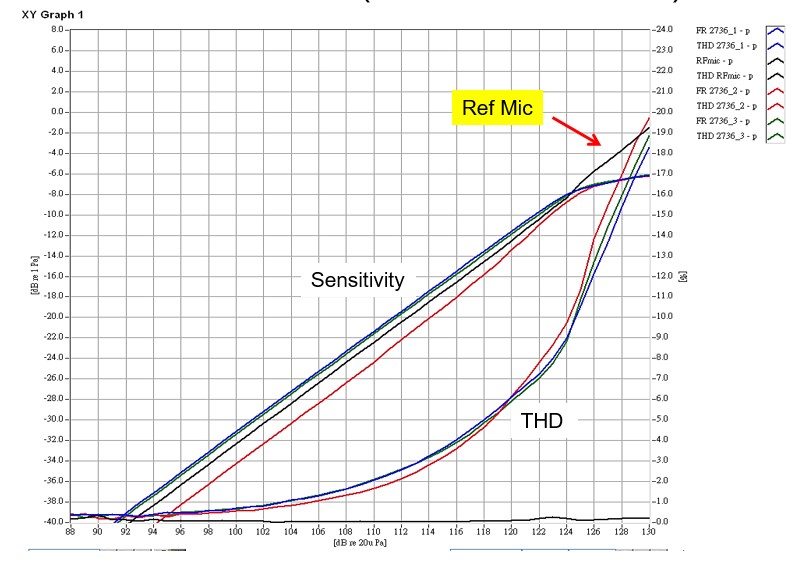
Fig.2-1 Mic AOP Curve
To sum up, two parameters are the dynamic range (DR) of the microphone and the sound pressure level range that the Microphone can measure. Microphones can be designed to be sensitive to small sounds or to receive high SPL, but it will be hard to create a product that takes these two conditions account.
Mic DR (Dynamic Range) may not be in the product specification, but it could be judged from other specifications. Just find the differences between AOP and EIN, the difference between the two values is DR.
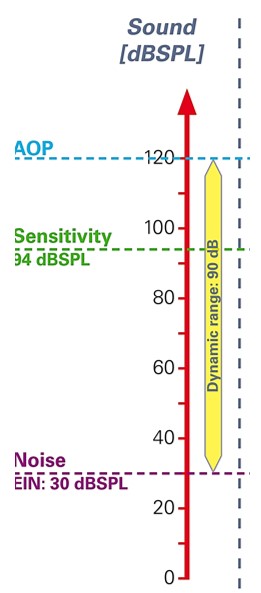
Fig.3 Mic Dynamic Range
Recently, the ECM DR can reach more than 100dB. It can not only record the loud drums and instruments in a symphony orchestra concert but also the whispers of the listeners at the same time. It has extremely high dynamic sound recording performance. It can be clearly distinguished from high-end and consumer products.
Also, AOP parameters are very important for AEC processing because AEC usually uses DSP to perform echo cancellation processing on the signal received by the microphone. If the Mic AOP is too low, it means that the THD is too high, and the signal waveform received by the microphone will be distorted. As a result, the DSP judges the signal incorrectly, and the effect of echo cancellation will greatly be reduced, the typical microphone signal distortion waveform is shown in Fig. 4
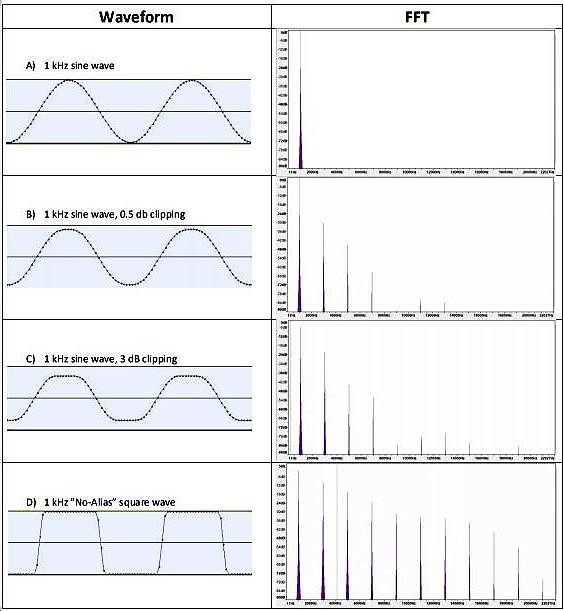
Fig.4 Sinewave Distortion
For many Smart Speaker or communication products, the distances between the microphone and speaker are about 30 ~ 130mm, and the speaker SPL is about 80 ~ 90dBSPL at 1W at 1M. If the speaker is driven by 3 ~ 5W power, the distance between 30mm and the microphone receiver >>125dBSPL, in this case, the microphone THD will be ≧10%, which is very bad for DSP AEC processing and receiving the high-quality sound. Some Smart Speaker amplifiers may output as high as 10 ~ 20W. At this condition, the Mic AOP is more significant.
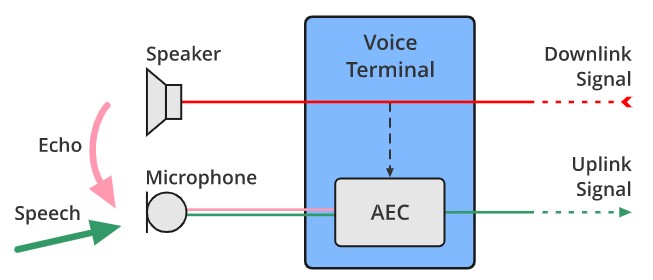
Fig.5 AEC system block diagram
Kingstate has several Hi SNR & Hi AOP MEMS Mic or ECM, which can be applied to high-quality recording products, they can process big sound or tiny sound signals easily, letting the DSP perfectly process AEC, furthermore improving the performance of noise reduction to improve product performance and cost-performance ratio.

 RFQ
RFQ